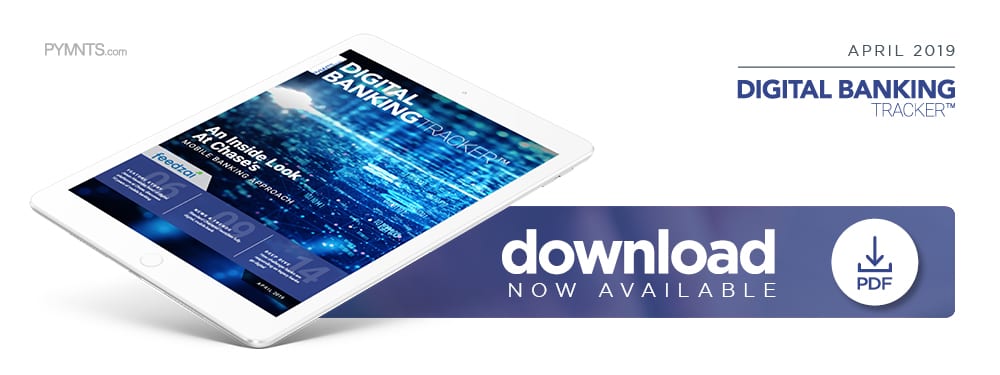An Inside Look At Chase’s Mobile Banking Approach

 After the June 2007 announcement of Apple’s first-ever iPhone and the ensuing buzz around iOS apps, financial institutions (FIs) began developing offerings to ease digital banking.
After the June 2007 announcement of Apple’s first-ever iPhone and the ensuing buzz around iOS apps, financial institutions (FIs) began developing offerings to ease digital banking.
Though narrow in feature and scale, those initial apps put personal finance management at users’ fingertips. Twelve years later, however, mobile banking has become ubiquitous across much of the global financial ecosystem. FIs are now competing fiercely to ensure consumers are choosing their mobile banking services over their rivals’, as customers seek apps offering more speed, security and other capabilities.
With that in mind, it’s no longer enough for FIs to provide Chase mobile apps that are just safe and secure, said Jason Alexander, head of digital platforms for JPMorgan Chase. He recently told PYMNTS that banks’ solutions must offer everything for which consumers are looking, and they must actively innovate to support new use cases. A decade after Chase’s app was first launched, Alexander explained the FI is constantly upgrading its mobile strategy to ensure it gives customers the speed and security they want.
“Ten years ago, [the app] was designed to deal with mobile use cases, [and] checking your balance was a primary use case,” he said. “It made the app quite simple in that [those features] were all people wanted to do on a mobile phone. Now, 10 years later, people want to do everything on their mobile phones – from the simplicity of checking your balance to booking full rewards travel. So, when we start thinking about mobile now, we have to really understand the customer, what they’re trying to do, how to make a broad set of functionality available to people in what’s still a relatively small-form factor and [user interface].”
That said, Alexander claimed Chase Mobile is looking to keep its mobile transformation approach simple. The bank is using artificial intelligence (AI) and machine learning (ML) in an effort to upgrade its mobile banking capabilities and keep them intuitive for modern consumers.
Piloting Digital Innovations in a Mobile Banking World
Alexander said the FI has approached mobile transformation by leaning into an agile approach of testing, learning and implementing. Chase has used this approach to pilot new services for its 33 million-plus mobile banking users as competition increases, focusing on changes that will appeal to an increasingly tech-savvy user base.
“That is a very advanced user group of people who are mobile-only, mobile-native,” he said, adding that the bank is also learning a lot about user behavior from Finn, its all-digital mobile app. “With Finn, we’re able to learn from that audience really well. We work with [the Finn team] and their user research and then work to scale [our app] to the rest of our customers. AutoSave is a feature that was piloted in Finn and we took it [into the Chase app].”
They are also using AI and ML to parse users’ requests and feedback whenever it rolls out new features or versions of its app, he said.
But users rarely rely on just one communications channel, Alexander explained. While Chase Mobile App innovation remains critical to Chase’s changing strategy, the bank must continue transforming in additional areas where customers are engaging with the FI.
“There is also another angle to this, which is, rather than all channels being the same, channels serve a different purpose,” Alexander said. “Even people who are all in on their mobile phones probably still go to the ATM. So, how do we make sure the ATM matches that experience?”
While Chase is encouraging users to do easy, low-maintenance tasks online or via mobile, many still want to visit physical locations to complete more sophisticated tasks like getting mortgage loans or making other major financial decisions. The bank is catering to these desires by increasing its number of physical branches, even as it is looking to create more tailored digital customer experiences.
“Branches are where people are going to go for consultation, for advice, [and we’re also] piloting booking appointments through the mobile app,” Alexander said, adding that the company is working to integrate digital innovations into its physical spaces. This pilot is currently rolling out small-scale in its beta phase, and is not yet available to all Chase customers.
Digital Transformations for the Future
The bank is also keeping a close watch on new technologies like 5G, which could significantly change consumers’ banking approaches. Alexander believes it is one of the more significant digital speed updates since 3G, which went hand-in-hand with the launch of the first iPhone.
“As 5G proliferates, that’s a source of innovation. You’re talking significantly higher speed, and the ability to do video, and compression at much, much higher quality,” he noted. “So, how does that affect the experience? Broadly speaking, there’s a lot more data to be collected, because the bandwidth is more significant … that data collection is going to be about data privacy, and that’s something that we’re paying very close attention to.”
